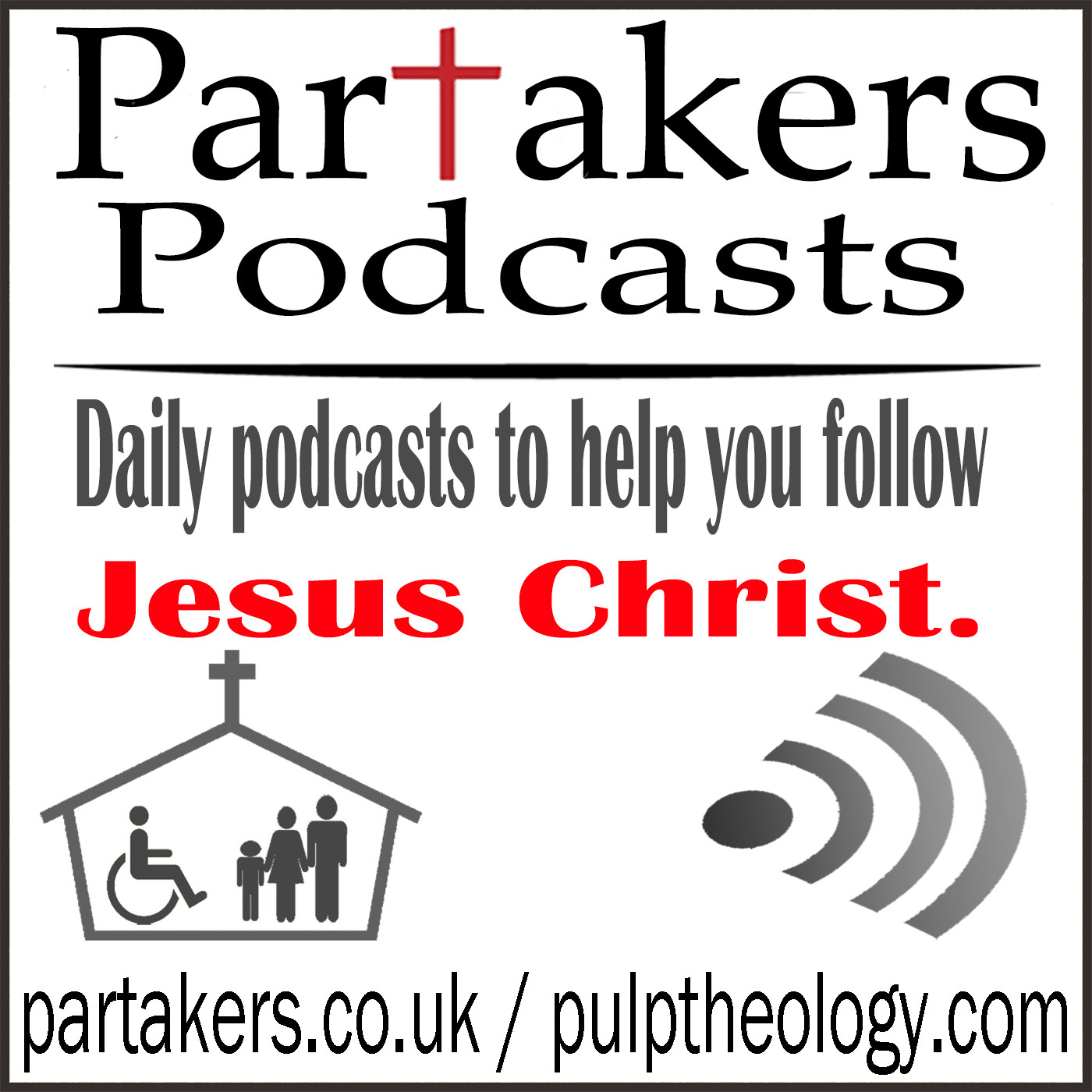
426.1K
Downloads
3363
Episodes
G’day and welcome to Partakers Christian Podcasts! Join us for uplifting Bible teaching, inspiring readings, heartfelt worship, powerful prayers, and fascinating church history. Whether you’re new to faith or growing deeper in your journey, we’re here to encourage and equip you. 🎧 Tune in, interact, and be inspired—wherever you are in the world.
Episodes

Wednesday Nov 05, 2025
Church History Part 26
Wednesday Nov 05, 2025
Wednesday Nov 05, 2025

Part 26
Reformation 3 - England Here We Come!
We are now in England in the early 16th century! However Protestantism had commenced earlier in the 14th century with John Wyclif who we looked at back in episode 22. Wyclif was the 'Morning Star of the English Reformation', who had a great desire to ensure that the Bible was made available to everyone in their own language. So a strong evangelical protest started with Wyclif.
King Henry VIII In the late 1520s King Henry 8th as head of the Roman Catholic Church in England, broke away from the Church in Rome. He broke away because he wanted a divorce from Catherine of Aragon, which Pope Clement VII refused to accept. Earlier, in the year 1521, Clement had recognised Henry as the 'Defender of the Faith' for his writings against Martin Luther. Pope Clement VII was known for his intolerance of Protestants and his main method of evangelisation was through coercion and force if necessary. In 1531 Henry prevented the English clergy from dealing with Rome under an Act of Parliament labelling this as treason. In 1534 Henry was made the 'Supreme Head of the Church of England' by the parliament. However he remained Roman Catholic in practice and doctrine. In 1532 made Thomas Cranmer the Archbishop of Canterbury – the clerical head of the Church of England.
Reformation in England however continued unabated. Thomas Cranmer was a reformer and was helped by many of the Reformers driven from Europe by the Roman Catholic attacks on the Protestants. William Tyndale translated the New Testament into English and this made a significant impact. Edward VI (1547-1553) became the king at the age of 10, and ruled for 6 years. He was well trained by Cranmer. He allowed religious freedom, and he published with the help of Cranmer, the 1st and 2nd Prayer Books. Then there was a change back again!
Mary Tudor "Queen Bloody Mary" (1553-1558). Mary was a fanatical Roman Catholic and set out to re-establish the Roman Catholic Church. She put to death many bishops including Cranmer. She marred Charles V son (Spain) to bring all of Christendom under Spanish power. In 1554, she resubmitted England to Papal authority.
Queen Elizabeth (1559-1603). As a daughter of Henry VIII second wife, Anne Boleyn, she was not recognised by the Pope. She was not in full agreement with the Reforming Protestants, but maintained Protestant leanings. She influenced preparation of the 39 Articles of Communion, largely prepared by Cranmer, which were less reformed as a result. In 1559, she became 'Governor of the Church of England'. She defeated the Spanish Armada, with the help of Sir Francis Drake, who were attacking in order to bring England back under Spanish and Roman Catholic control. This strengthened the Protestant cause in England.
The main issue in the 14th to 16th centuries, as we have seen was 'None but Christ saves'. That is, that the Gospel is good news for all of humanity. Nobody can earn their salvation, but rather salvation is a free gift from God for all those who choose to receive it. This is a far cry from the excesses of Church dogma to date and closer to the teachings of Jesus Christ and the early church.
Tap or Click here to download/save this as an audio mp3 file

No comments yet. Be the first to say something!